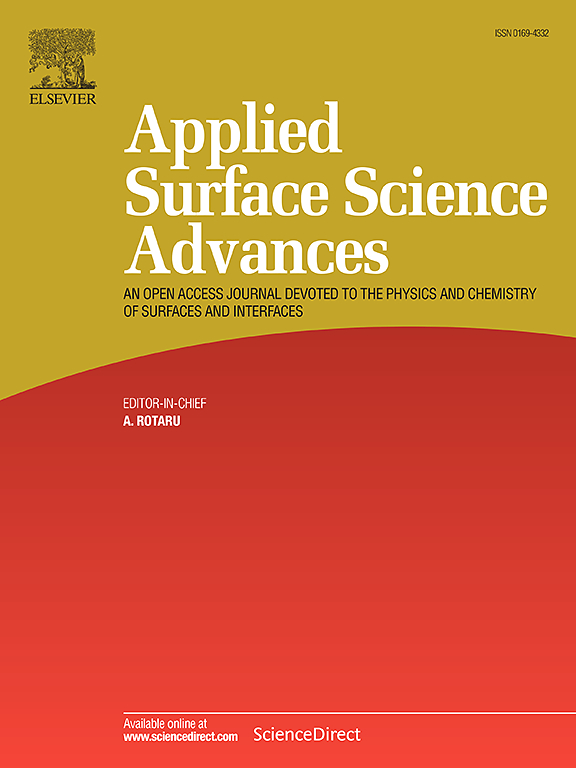Bimetallic Pd/CuO nanoparticles obtained by laser re-irradiation in liquids for antibacterial applications
IF 7.5
Q1 CHEMISTRY, PHYSICAL
引用次数: 0
Abstract
Antimicrobial resistance (AMR) is considered a major global health problem of the 21st century. Noble metal nanoparticles (NPs) have attracted increasing attention as a promising tool to fight against resistant infections. In this research, we explore bimetallic NPs, as they can give rise to further and improved physicochemical and biological properties. In this work, monometallic Cu/CuO and Pd NPs were synthesized by laser ablation. Afterwards, these NPs were mixed and the resulting colloidal solution was multiply re-irradiated with the aim of producing Pd/CuO bimetallic NPs. All the NPs presented rounded shape and crystalline microstructure. Although the re-irradiated NPs contained both precursor materials, all characterization techniques agreed on the occurrence of an intermetallic alloy of both materials, Cu3Pd, that is concluded to be formed as a consequence of the interaction between the laser beam and the mixture of monometallic NPs. With the objective of studying antimicrobial activity against Staphylococcus aureus, the CuO NPs, Pd NPs and Pd/CuO NPs were immobilized on the surface of titanium discs. Ion release was tracked during the first 24 h and cytotoxicity of the immobilized NPs was as well tested with HFF-1 human fibroblast cell line. Bimetallic Pd/CuO NPs showed a significant inhibitory effect on S. aureus and no toxic impact on fibroblasts.
抗菌药耐药性(AMR)被认为是 21 世纪的一个主要全球健康问题。贵金属纳米粒子(NPs)作为抗耐药性感染的一种有前途的工具,已引起越来越多的关注。在这项研究中,我们探索了双金属 NPs,因为它们可以进一步改善理化和生物特性。在这项研究中,我们通过激光烧蚀法合成了单金属 Cu/CuO 和 Pd NPs。然后,将这些 NPs 混合,并对所得到的胶体溶液进行多重再辐照,以期产生 Pd/CuO 双金属 NPs。所有的 NPs 都呈现出圆形和结晶状的微观结构。虽然再次辐照的 NPs 同时含有两种前体材料,但所有的表征技术都一致认为这两种材料之间存在一种金属间合金,即 Cu3Pd,这种合金是激光束与单金属 NPs 混合物相互作用的结果。为了研究金黄色葡萄球菌的抗菌活性,CuO NPs、Pd NPs 和 Pd/CuO NPs 被固定在钛盘表面。在最初的 24 小时内跟踪了离子释放情况,并用 HFF-1 人类成纤维细胞系测试了固定化 NPs 的细胞毒性。双金属 Pd/CuO NPs 对金黄色葡萄球菌有明显的抑制作用,对成纤维细胞无毒性影响。
本文章由计算机程序翻译,如有差异,请以英文原文为准。
求助全文
约1分钟内获得全文
求助全文

 求助内容:
求助内容: 应助结果提醒方式:
应助结果提醒方式:


